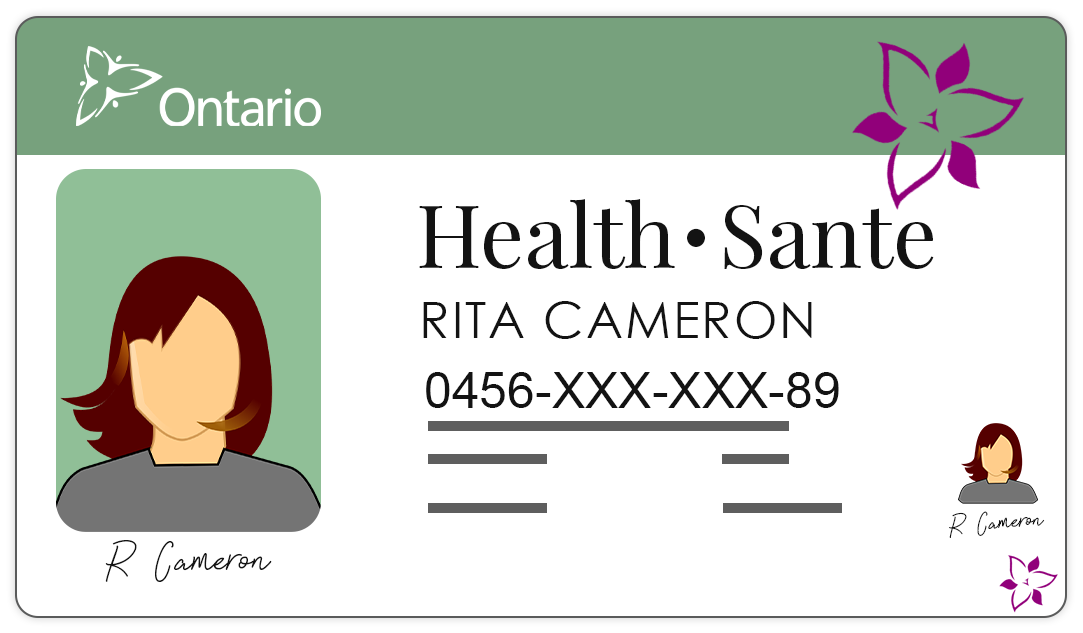Due to the ongoing coronavirus (COVID-19) pandemic, most Canadians are facing challenging times. Changes and disruptions of the daily routine and work schedules, as well as uncertainty about the future, increase our daily stress levels. Since stress is one of the main triggers for migraines, the current situation can negatively affect migraine sufferers, making them more susceptible to migraine headaches.
Moreover, during the lockdown and due to social distancing measures, individuals who suffer from migraines may find it difficult to treat their migraines due to limited access to healthcare. In this article, we will discuss some of the most effective ways to manage your migraines during the coronavirus pandemic.
1. Examine your symptoms
Although being prone to migraine headaches does not make one more susceptible to becoming infected with COVID-19, there is some overlap between the symptoms of COVID-19 and migraines. Some individuals who get sick with the coronavirus experience headaches which may resemble migraines. Therefore, if you feel the onset of a migraine headache, you should monitor your symptoms and contact your healthcare practitioner if you notice any unusual signs. Individuals who get exposed to COVID-19 often experience a dry cough, shortness of breath, and fever.
Moreover, if you experience emergency warning signs such as difficulty breathing, confusion, changes in skin tone (such as paleness and skin becoming blue), make sure to seek emergency assistance. should seek immediate medical assistance.
2. Book your telemedicine appointment
Opting for telemedicine is an effective way to receive medical care while practicing social distancing and minimizing your risk of being exposed to COVID-19 during your in-person visit. Your doctor will be able to go over your medical history and prescribe medication during your video call.
In fact, according to medical research, telemedicine is just as effective for migraine patients as routine medical office visits. In addition, having your appointment via telemedicine can save you travel time to your doctor’s office, as well as reduce any potential waiting time at the clinic.
3. Treat your migraine at home
There are some simple steps you can take to manage our migraines at home. Over-the-counter medications, such as ibuprofen, aspirin and acetaminophen, can be effective in reducing migraine symptoms. Moreover, if you feel the onset of a migraine, you can take steps to create a calm and peaceful environment in your home by turning off the lights and minimizing sounds.
Applying hot and cold compresses to your head and neck can also be helpful in dealing with migraine symptoms. In addition, drinking a caffeinated beverage, such as a small coffee, can help to enhance the effects of over-the-counter medication in reducing your migraine symptoms. However, it is also important to avoid consuming too much caffeine, as it can exacerbate the headache as well.
4. Get enough sleep
There is a strong link between migraines and sleep: migraine headaches can disrupt sleep, keeping you up at night and conversely, lack of sleep can trigger migraine attacks. During social distancing and the COVID-19 lockdown and due to disruptions of our daily routines, many people find it difficult to maintain a regular sleep schedule. However, getting enough sleep is also essential to keep migraine headaches at bay.
Therefore, it is recommended that migraine sufferers establish and follow a regular sleeping schedule. To help you unwind at the end of the day, you can limit electronic device use and other distractions 1-2 hours before bedtime. If you take any over-the-counter migraine medications, you should check the label to determine whether they contain caffeine. If so, it is best to avoid taking them close to bedtime.
5. Examine your triggers
Keeping a migraine diary during COVID-19 pandemic is a great way to monitor your triggers and prevent migraines. Common migraine triggers include changes in weather and temperature, stress, skipping meals, and drinking alcohol. Some common dietary triggers include aged cheese, monosodium glutamate (MSG), caffeine, and nitrates and nitrites (common preservatives added to processed foods such as meats).
If you get a migraine, you should write down when your migraine started, how long it lasted, what symptoms you experienced, and any potential triggers or changes to your routine which may have caused it.
6. Manage your stress levels
Since stress is a major migraine trigger, managing your stress levels is essential to preventing migraines. One of the most effective strategies to lower your stress levels include getting some exercise every day, which can be achieved by doing home workouts or by going for walks around the neighbourhood. In addition, scientific research shows that practicing yoga and mindfulness meditation can be very effective in stress reduction.
Practicing relaxation techniques such as deep breathing, biofeedback, art therapy, and progressive muscle relaxation are also great ways to reduce stress and reduce migraine frequency.
Conclusion
Managing your migraines during the COVID-19 times can be challenging. However, making healthy lifestyle choices and using effective prevention strategies can go a long way in reducing your migraine frequency and severity. Taking advantage of telemedicine, recognizing and avoiding your specific triggers, and reducing your stress levels are all essential steps to coping with migraines during the coronavirus pandemic.


















